20+ Years Experience
Specialist Education Providers

A sensory garden is more than just a colourful spectacle, it’s an immersive green space that connects us to the immediate healing power of nature. Imagine your backyard transforming from predictable normalcy into a world of discovery; a magical place where sight, sound, touch, taste, and smell intertwine to create an extraordinary adventure.
This blog post will guide you through designing a sensory garden — shaping an enchanted oasis right in your own backyard where you or your children, especially those with special educational needs and disabilities, can connect deeply with nature on multiple levels.
Designing a sensory garden involves creating a space that stimulates and engages the five basic senses – sight, smell, sound, touch, and taste. To design a sensory garden, you can consider incorporating elements like outdoor sensory play equipment, diverse plant colours, textures, aromatic plants for scent, water features for sound, different surfaces and textures for touch stimulation, and even edible plants for taste.
By combining these elements strategically, you can create a multi-sensory experience that promotes well-being, reduces stress, and enhances mindfulness. For more detailed guidance on sensory garden design, including themed or multi-sensory approaches, please get in touch with our team of experts.
Sensory gardens, as the name suggests, are designed to stimulate and engage multiple senses. They provide a multi-sensory experience that enhances well-being, reduces stress, and promotes mindfulness. To truly understand sensory gardens, we must recognise the importance of our senses in connecting with nature and creating meaningful experiences.
A sensory garden appeals to the basic human senses: sight, smell, sound, touch, and even taste. It immerses individuals in an environment where they can experience nature in a holistic way. By incorporating various elements that captivate and engage each sense, these gardens offer a unique opportunity to connect with the natural world on a deeper level.
Sensory gardens provide a wide range of benefits that extend beyond just visual appeal. These carefully designed spaces contribute to our overall well-being by engaging our senses and connecting us with nature on a profound level.
Firstly, spending time in a sensory garden can have a positive impact on our mental health. The sights, sounds, and smells found within these tranquil oases help to reduce stress levels, promote relaxation, and enhance mindfulness. They create an atmosphere conducive to introspection and rejuvenation.
Secondly, sensory gardens can serve as therapeutic spaces for individuals with special needs or disabilities. For those with sensory processing disorders or autism spectrum disorders, these gardens offer a safe and comforting environment where they can explore their senses, regulate their emotions, and engage in sensory-rich experiences.
Furthermore, sensory gardens promote physical activity and outdoor engagement. They invite individuals to step away from modern distractions and immerse themselves in the natural beauty that surrounds them. Whether it’s walking along textured pathways or tending to plants, these activities encourage movement and a deeper connection with the outdoors.
Lastly, sensory gardens create an opportunity for educational exploration. They present a hands-on learning environment where children and adults alike can discover the diverse plants, textures, scents, and colours that exist in nature. These gardens serve as living classrooms, fostering curiosity, creativity, and a deeper appreciation for our natural world.
For example, children visiting a sensory garden may learn about different plant species, pollination processes, or the importance of biodiversity through interactive displays and activities.
A sensory garden is a haven that engages and stimulates multiple senses, creating a vibrant oasis in your backyard. When designing your sensory garden, it’s important to consider key elements that will enhance the sensory experience for yourself and others.
First and foremost, sight stimulation is achieved by incorporating a variety of plant colours, shapes, sizes, textures, patterns, and even water features. Think about including diverse plants with different foliage and flowers to create visual interest.
Next, smell stimulation plays a vital role in a sensory garden. Fragrant plants like roses, honeysuckle, jasmine, lavender, rosemary, mint, sage, and various herbs can permeate the air with delightful scents. Don’t forget that some herb plants can also stimulate the taste sense!
Sound stimulation adds an auditory dimension to your garden oasis. Consider incorporating elements like trickling water from fountains or waterfalls, rustling leaves in the breeze, buzzing bees attracted by native wildflowers, or the cheerful melodies of birdsong.
For a tactile experience, touch stimulation becomes crucial. Incorporate different surfaces and textures by incorporating elements that are hard, soft, smooth rough solid or fluid. Pathways with pebbles or natural stone boulders can add texture underfoot.
Finally, don’t forget about taste stimulation! Fresh herbs, vegetables, and fruits like basil, coriander, mint, parsley, carrots, chilli peppers, tomatoes, apples, strawberries and blackberries can be grown in your sensory garden. Edible flowers from herbs can also add a burst of flavour and beauty.
Creating distinct zones within your garden dedicated to each sense or combining different elements throughout your space can allow for a multi-sensory experience that appeals to all senses simultaneously.
When it comes to designing your sensory garden oasis, there are several approaches you can take. You have the option to design thematically, focusing on a specific sense, or you can create a multi-sensory mixture that engages multiple senses throughout the entire space.
For a thematically designed sensory garden, you can create distinct zones dedicated to each individual sense. For example, you may have an area with vibrant and visually stunning plants for sight stimulation, while another area is filled with fragrant flowers and herbs for smell stimulation. This approach allows visitors to focus on one sense at a time as they explore different areas of the garden.
Alternatively, you can opt for a multi-sensory design where you incorporate elements that engage multiple senses within the same space. For instance, you could have a seating area near a small waterfall where visitors can enjoy the sight and sound of flowing water while surrounded by aromatic plants. This approach creates an immersive experience where different senses are stimulated simultaneously.
Regardless of the design approach you choose, it’s important to consider accessibility and safety in your garden. Ensure pathways are wide enough for wheelchair access, use non-toxic plants, and avoid potential hazards such as thorny or spiky plants.
Remember, creating a sensory garden is all about engaging and stimulating the senses through thoughtful design choices. Whether you choose a thematic or multi-sensory approach, your backyard oasis will provide a sanctuary of exploration and relaxation for yourself and others to enjoy.
When designing a sensory garden, selecting the right plants and materials is crucial to create an immersive and engaging experience. Consider incorporating a diverse range of plant species that stimulate multiple senses.
For sight stimulation, choose plants with various colours, shapes, sizes, textures, patterns, and even water features to add visual interest. Think about using containers if you have limited space.
To enhance the sense of smell, include aromatic plants like roses, honeysuckle, lavender, or herbs like mint and sage. These will not only fill the air with delightful scents but can also stimulate the taste sense.
Utilise different materials for touch stimulation by incorporating elements with varying surfaces and textures. Mix hard and soft features, smooth and rough elements to engage different tactile sensations. For example, you can use pathways with pebbles or natural stone boulders to introduce texture.
Choosing the right plants and materials is like curating a symphony of sensations in your backyard oasis. Each element plays its part in creating a harmonious environment that engages all your senses.
Another approach to designing a sensory garden involves creating distinct themed zones within your space. This allows you to focus on specific sensory experiences in different areas of your garden while maintaining an overall cohesive design.
For example, you could create a calming zone where soft colours, gentle scents, and soothing sounds prevail. Incorporate plants with pastel hues like lavender or chamomile, along with fragrant flowers such as jasmine. Add wind chimes or a small water feature to create a peaceful soundscape.
In contrast, you might want to design an energising zone that is vibrant and stimulating. Choose bold-coloured flowers like sunflowers or daisies, plants with textured leaves like lamb’s ear, and include elements that produce more lively sounds such as rustling grasses or wind sculptures.
By creating themed zones, you can tailor your sensory garden to suit different moods and preferences. Whether you seek a place of relaxation or one that invigorates your senses, each area within your garden can provide a unique experience.
Creating themed zones allows for intentional design choices that cater to specific sensory needs, transforming your backyard into a multi-dimensional oasis where every corner offers a new experience.
A sensory garden is not just an ordinary garden; it is a space carefully crafted to engage and stimulate the senses. To enhance the sensory experiences in your garden, consider incorporating various elements that appeal to sight, smell, sound, touch, and even taste.
For visual stimulation, choose plants with diverse colours, shapes, sizes, and textures. Play with patterns and incorporate water features like fountains or small ponds to create movement and reflections. If you have limited space, container gardening can be a creative solution.
To awaken the sense of smell, include fragrant plants such as roses, honeysuckle, jasmine, lavender, rosemary, mint, sage, or even herbs that could also be used for culinary purposes. The scents will fill the air and delight your visitors.
Sound can play a significant role in creating a soothing atmosphere. Consider adding elements like trickling water from fountains or waterfalls for a calming effect.
Native wildflowers can attract buzzing bees while also providing a soundscape filled with nature’s symphony. And let’s not forget about the cheerful melodies of birds – their presence alone can enliven the space.
Incorporating different textures is essential for touch stimulation. Include elements throughout your garden that provide experiences of hardness, softness, smoothness, roughness, solidity, or fluidity. Pebble pathways or natural stone boulders can add an extra layer of tactile interest.
Finally comes taste. Utilise portions of your sensory garden to grow fresh herbs, vegetables, fruits, and even edible flowers. Basil, coriander, mint, parsley, carrots, chilli peppers, tomatoes, apples, strawberries, blackberries – these are just a few possibilities that can add flavour to your garden and culinary adventures.
By thoughtfully incorporating these sensory elements into your garden design, you can create a multi-sensory oasis that not only pleases the senses but also promotes well-being and mindfulness.
After dedicating time and effort to create your sensory garden, it’s essential to maintain its allure and functionality. Here are some key points to consider when it comes to maintaining your sensory garden:
First and foremost, regular pruning and weeding are crucial for keeping your plants healthy and vibrant. Trim any overgrown branches or foliage that may hinder the visual appeal or block pathways. Clear out unwanted weeds that may compete with your plants for resources.
Watering is another vital aspect of maintenance. Ensure that your plants receive the appropriate amount of water according to their specific needs. Installing an automated irrigation system can help regulate watering and prevent under or over-watering situations.
Additionally, keep an eye out for any pests or diseases that might affect your plants. Monitor for signs of infestation or illness and take appropriate measures promptly. Organic pest control methods can be effective while promoting sustainability in your garden.
Regularly replenish mulch around your plants to retain moisture in the soil and suppress weed growth. Mulching also adds an aesthetic touch while providing insulation for plant roots during extreme weather conditions.
Lastly, remember to nurture the relationships in your sensory garden – wildlife is an integral part of the ecosystem! Encourage beneficial insects like butterflies by planting nectar-rich flowers. Consider installing bug hotels to provide shelter for various insects and small creatures, contributing to a thriving and balanced environment.
By implementing these maintenance practices, you can ensure that your sensory garden remains a captivating sanctuary for years to come.




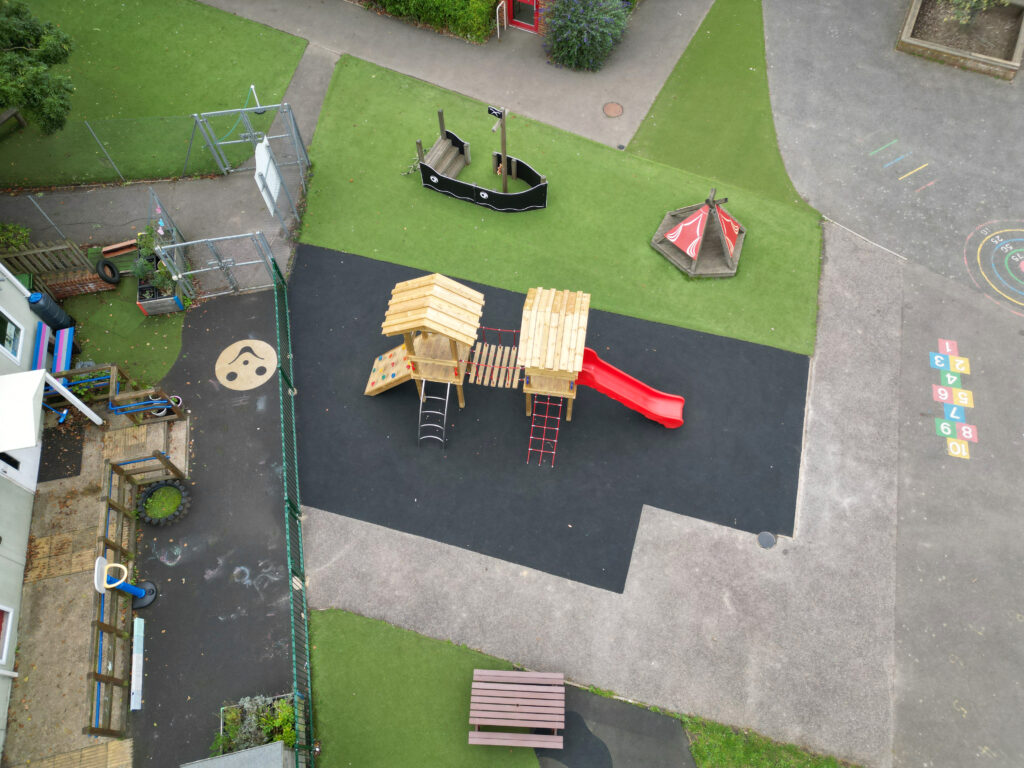

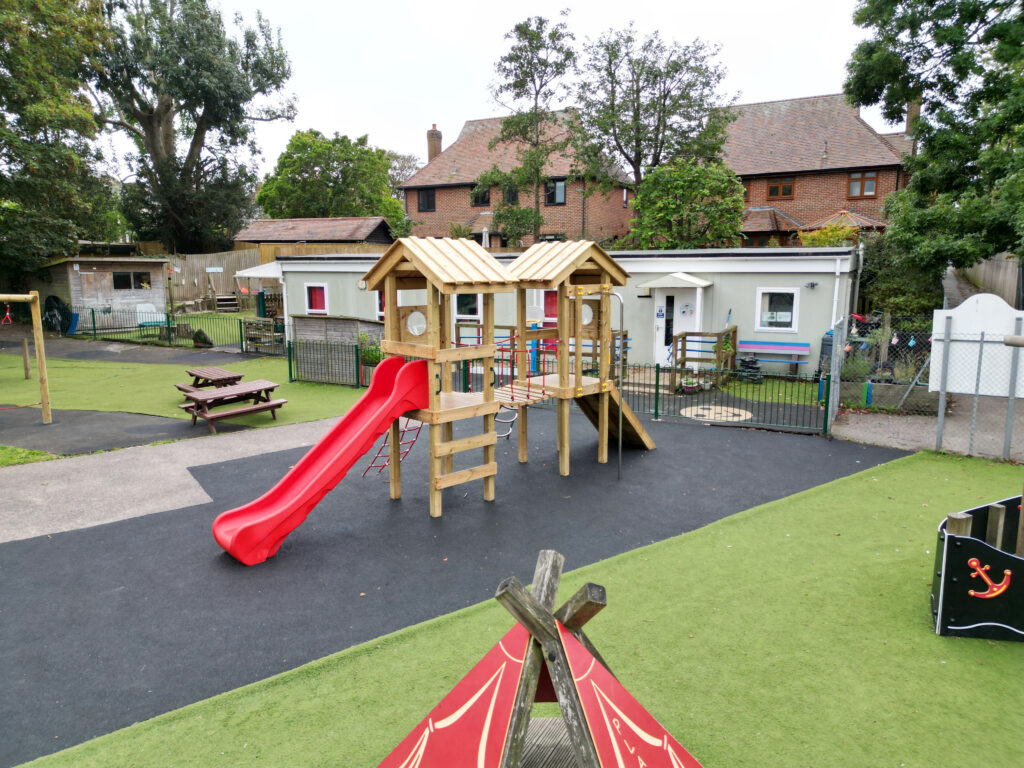
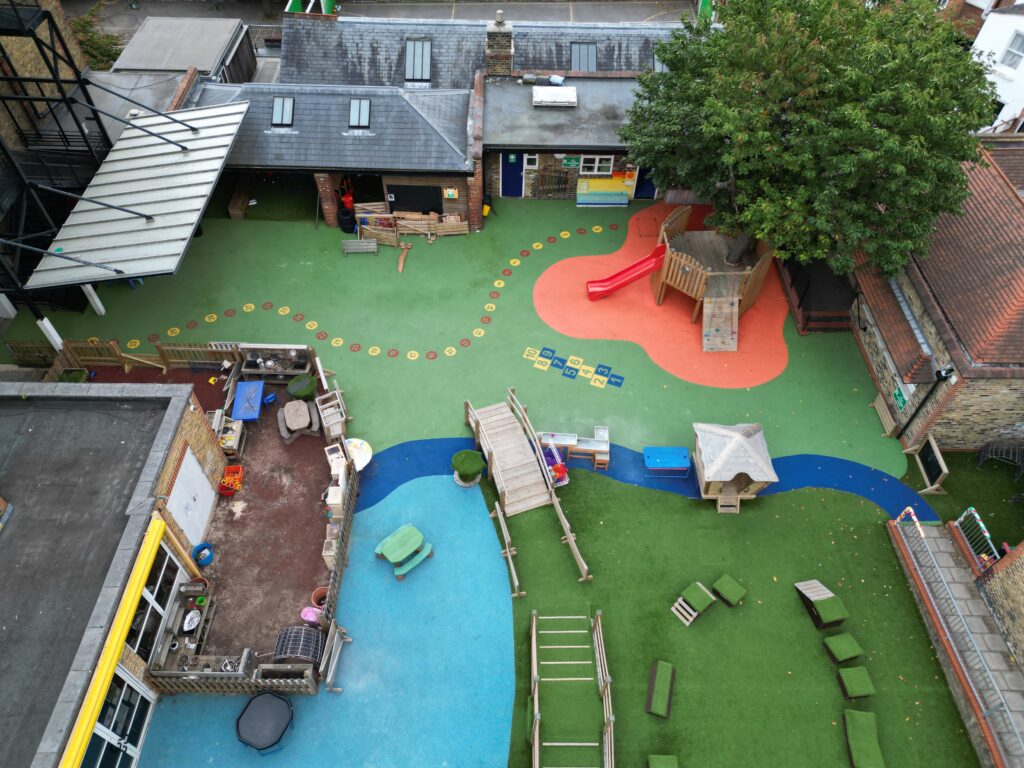






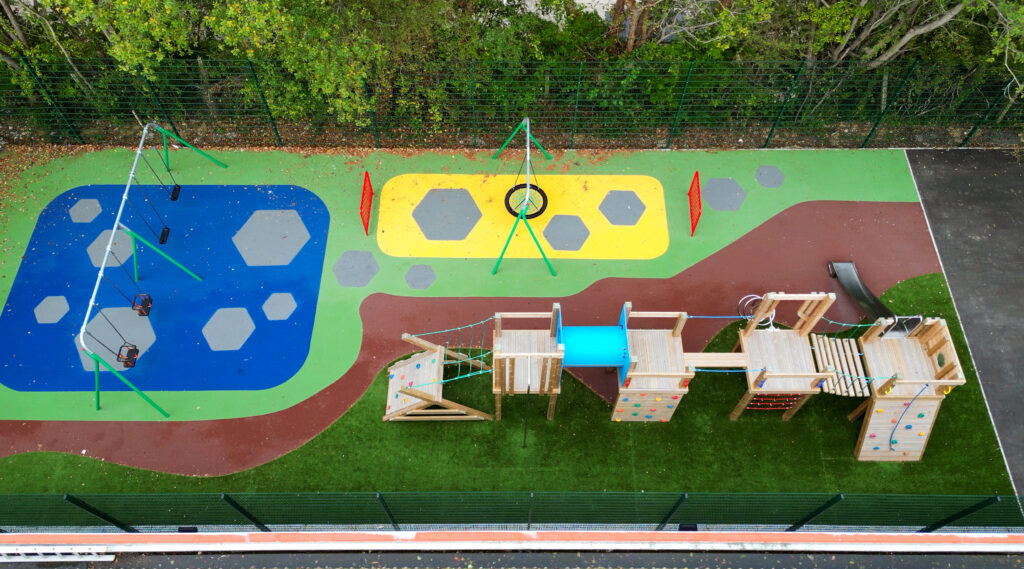










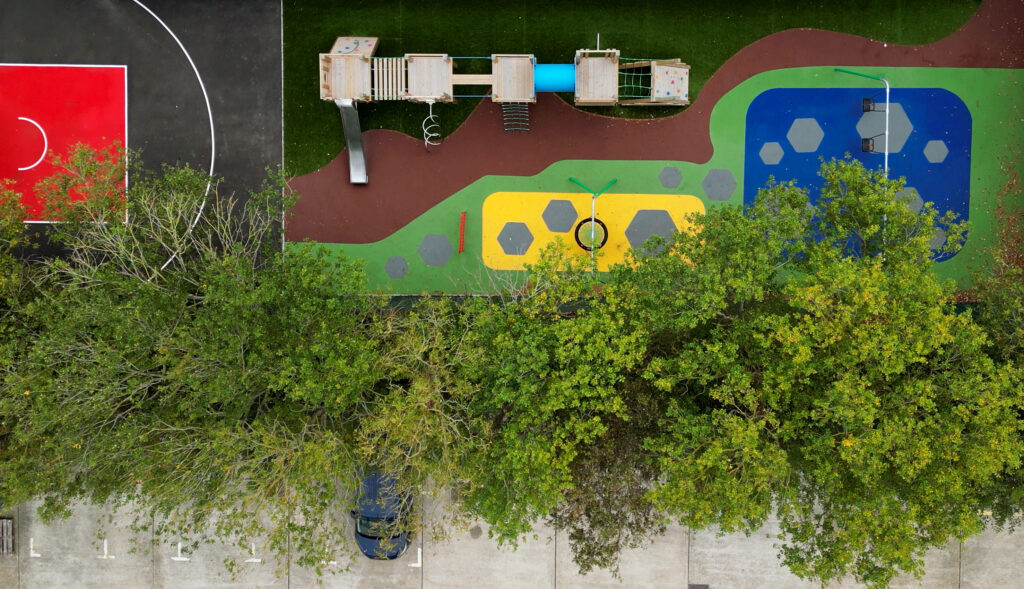









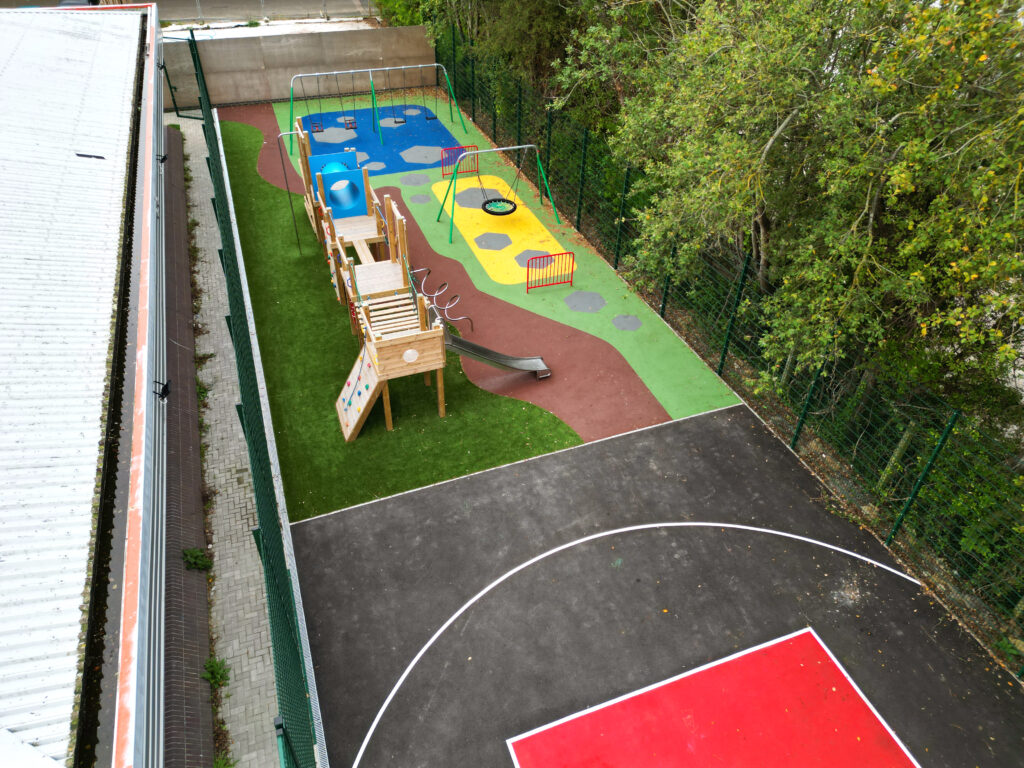



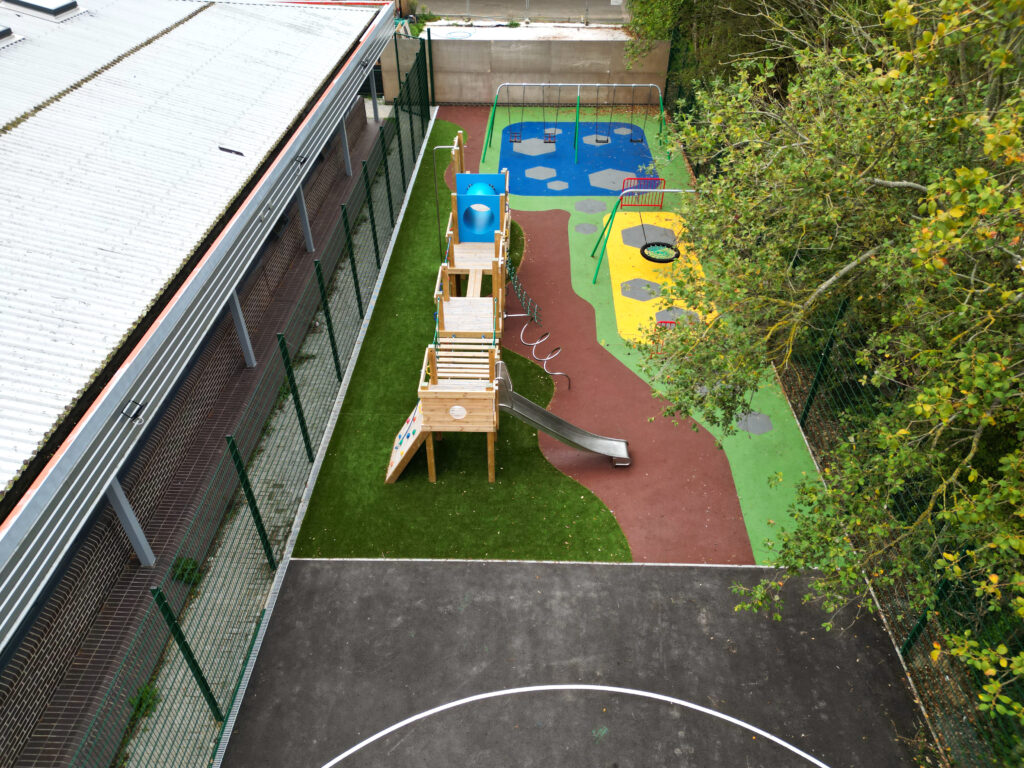







We Aim To Reply To All Enquiries With-in 24-Hours